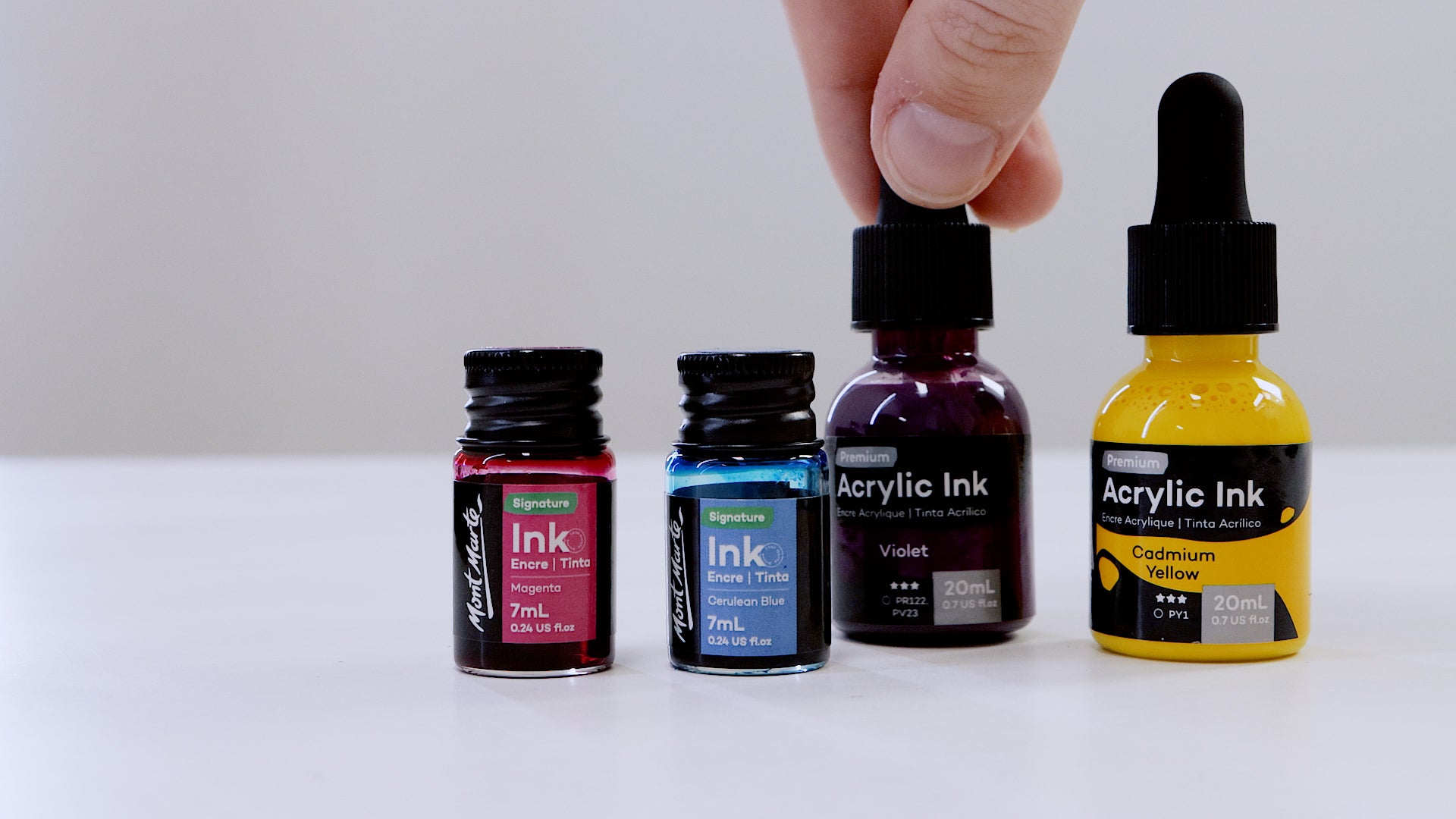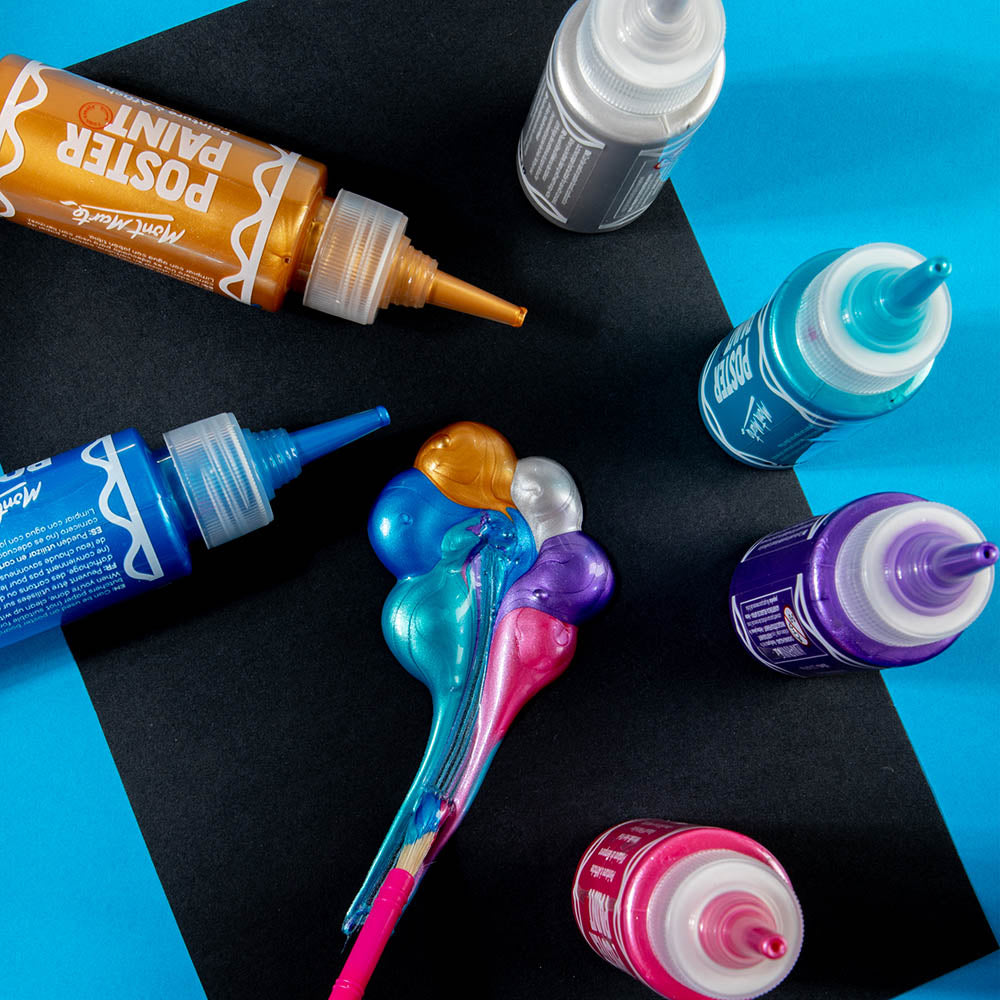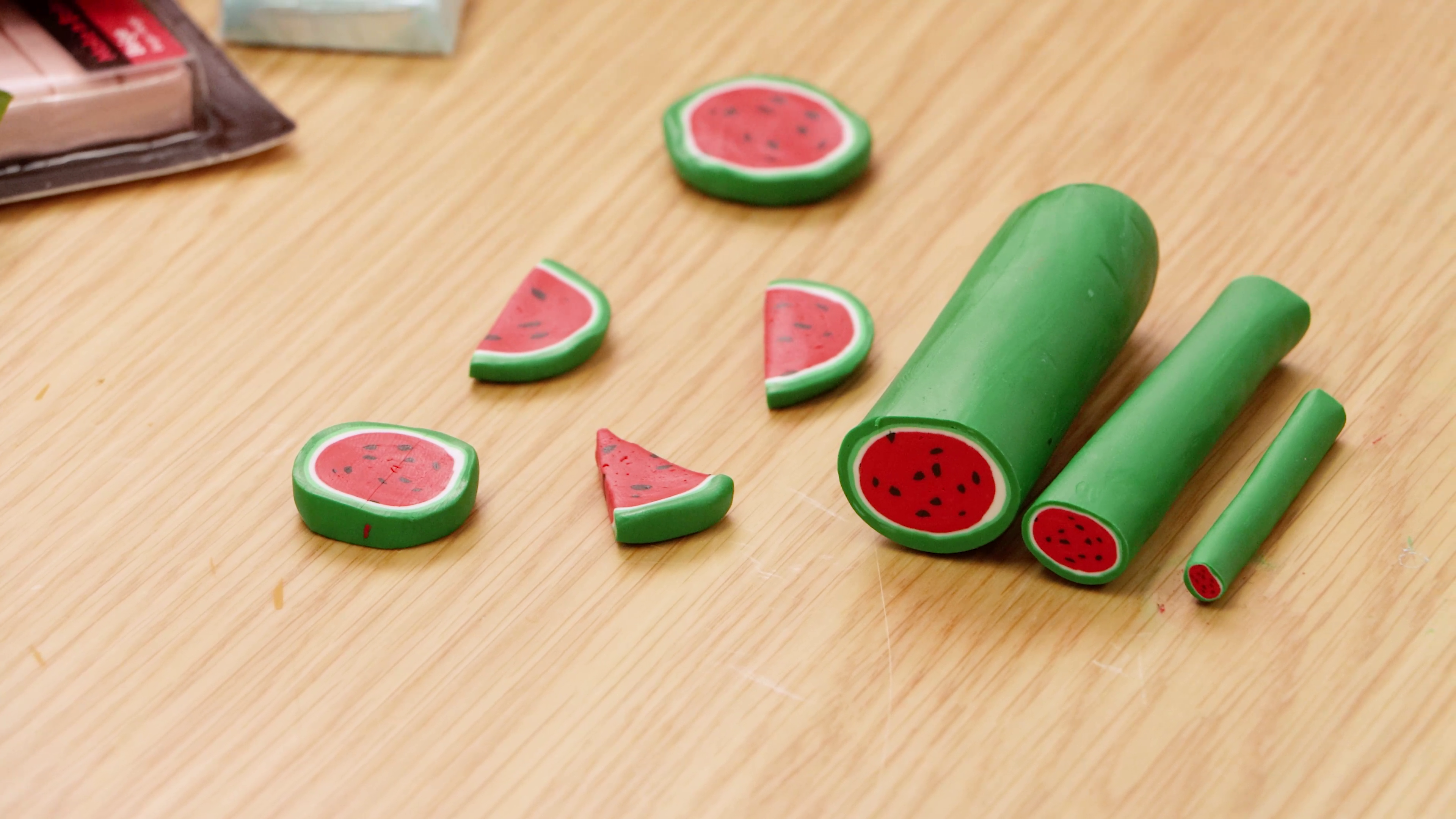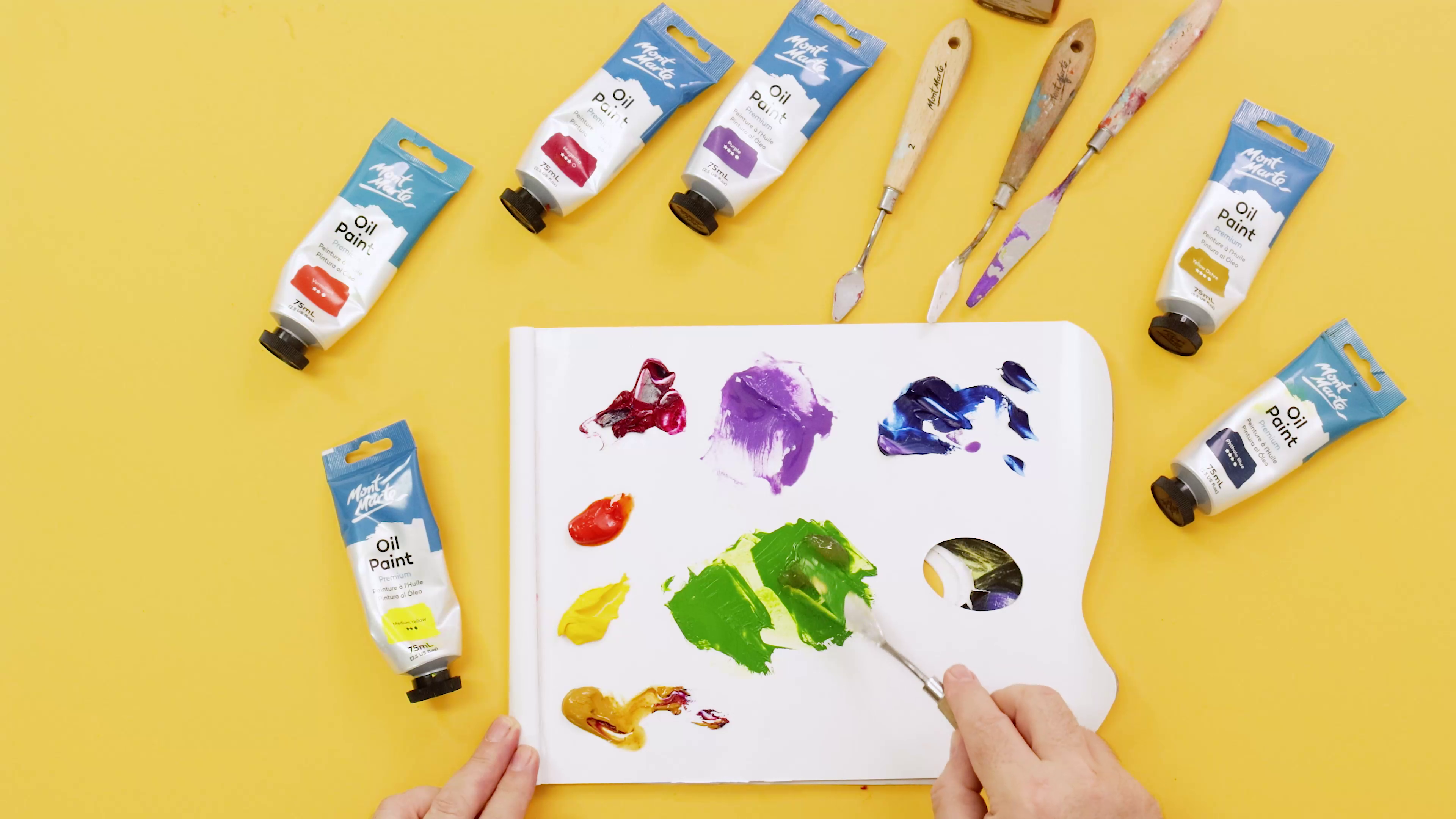As the pen and ink world continues to grow in range and popularity, questions naturally crop up as to the differences between products. Never be afraid to search for answers and find out more about the creative world – just like we did when writing this blog! Read on to discover the similarities and differences between acrylic and drawing inks because you might just learn something new 😊
What are they?
Acrylic: When you think of acrylic ink, think acrylic paint but much more fluid. Because it is pigment-based, it doesn’t smudge, bleed, or fade once dry. Pretty cool, right? It can be used for pouring and even resin works as well as regular ink artwork, and it’s often used on canvas, all sorts of paper, painting boards, and ceramic tiles. Because ours are water-based, they can even be thinned with water to create watercolour-style works or added right on top of dry acrylic paint projects too! We love a versatile medium.
Drawing: Drawing inks are pretty similar as they are also really thin and dry nice and quick. The key difference is that they are made from dye, rather than pigment, meaning the colours are more vibrant (yay!) but also more easily smudged. Our drawing inks are also water-based and they dry with a slight shimmer, so they mix well with water for a softer, watercolour finish. They are great for calligraphy (fancy script writing), and they work on a range of paper styles as well as canvas.
Best way to use them
Something to consider when using any ink or fluid medium is whether you want to stretch your paper first. This is simply done – just soak the paper for a few minutes and then firmly tape it to a sturdy board that won’t warp. Use butcher’s tape around the borders of the paper and let it dry overnight. Once complete, you will find that the inks won’t buckle the paper as they dry! Winner winner, chicken dinner.
Other than preparing and choosing your painting surface, decide which colours you’d like to use, your subject matter, and if you want to mix in or paint on top of other mediums. Remember, acrylic paints can go into and over more products, while dye inks are excellent for vibrant creations that won’t be exposed to water.
It might be a good idea to very lightly sketch your idea onto the painting surface first because remember: these inks dry fast! That way you have a guide to follow – we love working smarter, not harder.
Water resistance
Acrylic: Acrylic inks are waterproof in the sense that once they dry they are unlikely to budge much. The pigment makes for a thicker fluid that nestles in close to the small fibres of the paper, canvas, etc.
Drawing: In short, dye-based drawing inks are not really waterproof as they are likely to dissolve or bleed if wet after drying. A spray varnish or sealant can counter this effect and help drawing inks resist water.
To fountain pen or not to fountain pen
Acrylic: Whilst it’s not impossible to use acrylic ink in a fountain pen, it is not advisable. It’s just a bit too thick and is likely to clog up the nib of the pen. There are fountain pens made to use acrylic ink though if you’re committed to the idea!
Drawing: The good news is that water-soluble, dye-based drawing inks (like ours) should be okay to use in most fountain pens as they are very thin. Cleaning and maintenance will be required but overall, you’ve got the green light!
Washability
Acrylic: Whilst not impossible, it’s not an easy task to wash acrylic inks out of clothes and materials – similar to removing acrylic paint. Because acrylic ink dries to be water resistant and hugs material fibres closely, it can get a bit stuck. Lucky for us creatives, there are lots of hacks online to achieve the impossible and budge the stain.
Drawing: Dye-based inks are similarly a bit tricky to wash out of clothes. They often have different stain removal hacks as they dry differently to pigment inks (remember they bleed with water!). That isn’t to say that bleach and internet hacks can’t save the day and help remove unwanted staining. Phew!
Tattooing Potential
Acrylic: Unfortunately, acrylic inks are not safe for tattooing. Tattoo inks are designed to keep us safe when entering our skin layers. Tattoo ink is pigment-based (kind of like acrylics) and it is the only ink we advise using on skin, preferably by a professional!
Drawing: Double no to tattooing with drawing inks. Not only is it unsafe but it is water soluble and would likely just flush away! Definitely stick with the professionals and opt for tattoo ink if you’re chasing a new tattoo, please!
Congratulations, you now know a little more about acrylic vs. drawing inks! 😊
We hope that you feel inspired to pick up some inks and find out the differences between acrylic and drawing inks for yourself IRL.
#montmarteart or tag us @montmarteart on Instagram or Facebook. We’d love to see what you create.
Looking for more? Check out our Artist Gallery for some inspiration. If you need supplies or want to experiment with one of the mediums mentioned, jump online to check out our Ink mediums.





























